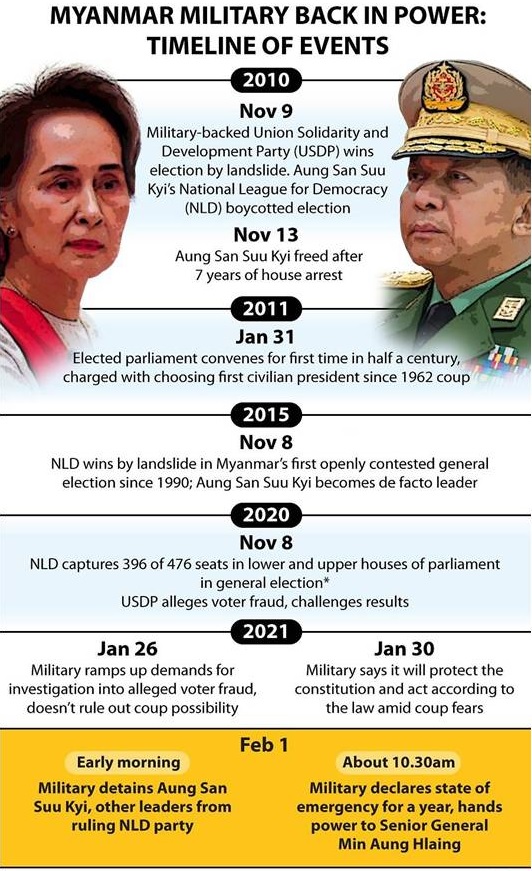7667766266
enquiry@shankarias.in
Foreign ministers from member countries of the Association of Southeast Asian Nations (ASEAN) have planned a meeting to discuss on Myanmar crisis, months after agreeing a peace plan with its military rulers.

India is not a signatory to the 1951 United Nations Refugee Convention or its 1962 Protocol and does not have a domestic policy on refugees.
References
Quick facts
ASEAN